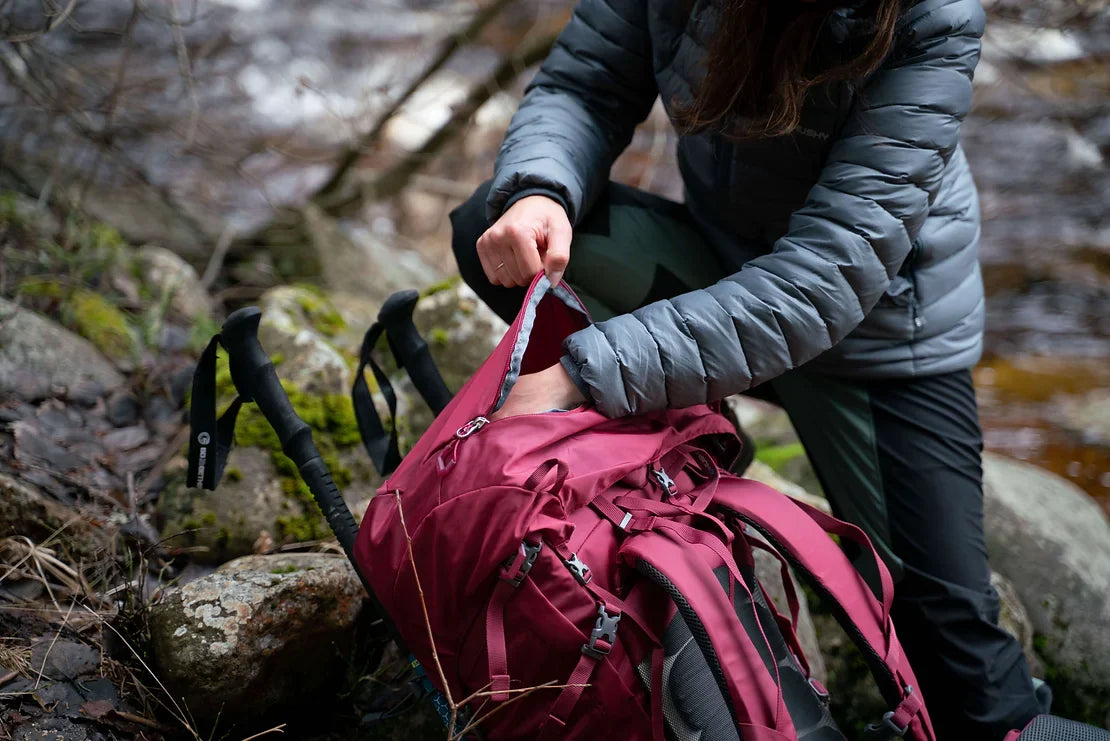Selection of outdoor clothing
When choosing outdoor clothing, it is essential to consider the activity you will be doing, the weather conditions and your personal preferences. Here are some tips to help you choose the right outfit for your outdoor adventure:
-
Consider the activity: Different activities require different types of clothing. For example, hiking and camping require light, breathable clothing, while skiing and snowboarding require heavier, insulated clothing.
-
Check the weather: Check the weather forecast for your destination and choose clothing that is suitable for the conditions. If it will be cold and wet, you will need to choose clothes that are waterproof and insulated.
-
Choose the right material: Synthetic materials such as polyester are lightweight, breathable and quick-drying, making them an excellent choice for hiking and camping. Merino wool is another popular choice because it is naturally moisture wicking and odor resistant.
Layering outdoor clothing
The basis of outdoor dressing is layering. This is called the onion skin principle or functional layer. The layering system involves wearing different layers of clothing that can be added or removed as needed depending on weather conditions. Layering is key to staying comfortable and protected in the wild. The first layer keeps you dry, the second layer keeps you warm, and the third layer protects you from cold, wind and rain.
First Layer - The first layer of outdoor clothing, also known as the base layer, is the layer closest to your skin. Its primary function is to manage moisture and regulate body temperature by wicking sweat away from the skin and transferring it to the next layer. Base layers are usually made of moisture-wicking materials such as synthetic fabrics such as polyester, nylon or merino wool, which are breathable and quick-drying. They come in different weights and thicknesses depending on the intended activity and weather conditions. In colder weather, base layers can also provide insulation to keep you warm. However, it's important to remember that the primary function of a base layer is moisture management, and proper layering is essential to staying warm and dry outdoors.
Second layer - The second layer of outdoor clothing, also known as an insulation layer, is worn over the base layer and is responsible for providing warmth in colder weather conditions. Insulation layers are usually made of materials such as fleece, down or synthetic insulation that trap air to provide insulation and retain warmth. These materials are also breathable to prevent overheating and regulate body temperature. Insulation layers come in different weights and thicknesses depending on the level of heat required and the intended activity. For example, a light fleece jacket may be suitable for a mild autumn day, while a heavier down jacket may be essential for winter activities such as skiing or mountaineering.
Third layer - The third layer of outdoor clothing, also known as the outer layer, is the last layer and is responsible for protection from the elements such as wind, rain and snow. Outer layers are usually made of waterproof and breathable materials such as Gore-Tex, eVent or other similar materials. These materials are designed to keep you dry on the outside by preventing moisture from penetrating the fabric while allowing sweat and moisture to escape from the inside. Outer layers come in a variety of styles and thicknesses depending on the intended activity and weather conditions. For example, a light rain jacket may be suitable for a summer hike, while a durable parka may be necessary for winter activities in extreme cold and snow. The outer layer should also have features such as adjustable cuffs, hoods and waists to prevent wind and water from entering these points. It should also be abrasion resistant to withstand the wear and tear of outdoor activities.
Other tips:
-
Protect your hands: Use gloves or mittens to protect your hands from the cold and wind.
-
Protect your feet: Ankle boots are the best option for walking in the mountains, they strengthen your ankle, thus preventing or reducing the chances of injury. The shoes should also be breathable and waterproof, so you will be prepared for any weather.
-
Wear a head covering: A cap helps protect your head and ears from the cold and the sun. Even in warm weather, don't forget to pack a light cap or sports headband.
-
Use sunscreen: Even on cloudy days, UV rays can be harmful to your skin. Wear a hat, sunglasses and sunscreen to protect your skin from the sun's harmful rays.

We hope this article helped you learn more about the principles of layering. Now you can go check it out for yourself on a trek with the Adventurer app , which will provide you with detailed information including a map, how to get there, what to take with you, difficulty, weather, photos and more.







Leave a comment
All comments are moderated before being published.
This site is protected by hCaptcha and the hCaptcha Privacy Policy and Terms of Service apply.